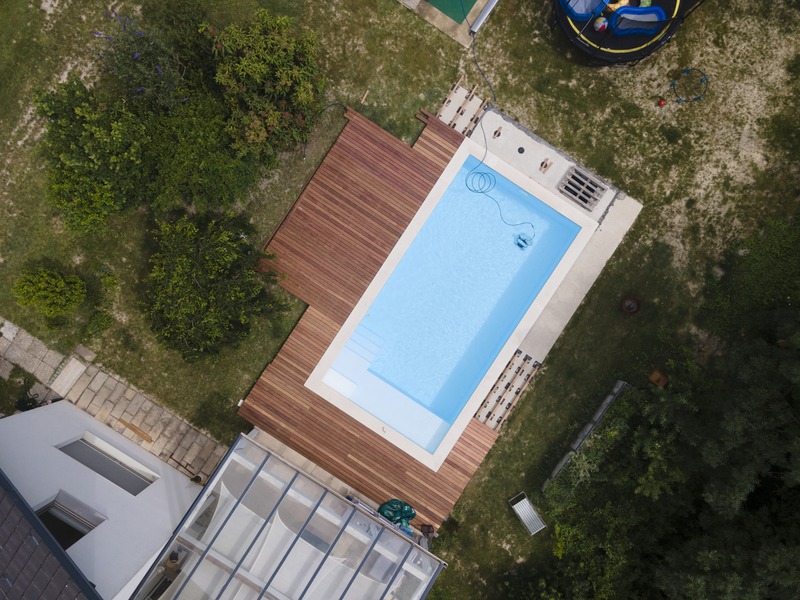Welcome to your guide for keeping the trees on your property healthy and safe throughout the year. Trees can be wonderful additions to your landscape, providing shade, beauty, and even increased property value. However, they require year-round attention to maintain their health and ensure that they don’t pose hazards during different seasons. Let’s break down the essential tasks into manageable chunks so you can keep your trees in top shape regardless of the season.
1. Spring: Awaken and Rejuvenate
The arrival of spring presents a prime opportunity to encourage new growth and rejuvenate your trees after the cold, dormant months of winter.
Inspect for Winter Damage
-
Take a walk around your property and look for any broken or damaged branches that may have been affected by winter winds or heavy snow.
-
Assess the stability of larger branches that might threaten structures or power lines if they’ve become compromised.
Prune Wisely
-
Trim and prune deadwood and broken branches. This will shape your trees and promote healthy growth.
-
Avoid major pruning as it can stress the trees during a time when they are just regaining strength.
Feed and Fertilize
-
Apply a balanced, slow-release fertilizer to support the blooming process and strengthen root systems.
-
Ensure your trees are well-watered, especially if any new growth has been planted.
2. Summer: Nurture Growth and Monitor Health
With summer temperatures rising, it is crucial to ensure that your trees are well-hydrated and properly nurtured during this active growing season.
Irrigation Is Key
-
Water deeply but less frequently to encourage deeper root growth.
-
Consider using mulch to retain soil moisture and prevent weeds from competing with trees for resources.
Pests Watch
-
Conduct a regular inspection for signs of pest infestations, such as discolored leaves or unusual deposits on the tree bark.
-
Consider eco-friendly pesticides if infestations are noticed early enough.
Structural Support
-
Evaluate whether larger trees require additional support, such as staking or cabling, to withstand strong summer winds.
-
Check trees near pools or playgrounds for safety and stability to prevent any accidents.
Plan for Emergencies
-
Think ahead by identifying weak or potentially dangerous trees now rather than waiting for severe weather to arrive.
-
Enlist professionals who offer emergency tree service in Shandon to ensure prompt handling of unexpected tree issues.
3. Fall: Prepare for Dormancy
As the vibrant colors of fall sweep through, it is time to prepare your trees for the coming winter months, ensuring they are strong enough to withstand the colder weather.
Leaf Management
-
Keep your yard raked and free from fallen leaves to reduce mold and disease potential.
-
Use collected leaves as mulch around the base of trees to add nutrients back into the soil.
Last-Minute Pruning
-
Conduct any necessary pruning of dead or damaged branches before trees enter a dormant state.
Root Protection
-
Apply a layer of mulch around the base of the trees to insulate roots and retain moisture.
-
Avoid fertilizing in the fall as trees are preparing to rest.
Engage Reliable Tree Services
Enlisting professional help for complex tasks, such as strategic pruning and tree health assessment, is never a bad idea. Consider consulting with San Miguel tree services to ensure your trees are cared for by experienced hands.
4. Winter: Protect and Preserve
Although trees enjoy a rest during the colder months, there are still measures you need to take to protect and preserve them until spring.
Snow and Ice Management
-
Regularly shake off any heavy snowfall from branches to prevent breakage from the additional weight.
-
Avoid using de-icing salts near trees, as they can be harmful to roots.
Inspect for Nesting Pests
-
Keep an eye out for animals that may have taken shelter inside trees.
-
Engage professional services if removal or prevention becomes necessary.
Wind and Cold Protection
-
Consider wrapping smaller or more vulnerable trees with burlap to protect them against harsh winds.
-
Inspect stakes and ties to make sure they’re still effective and haven’t damaged trees due to shifting.
Winter Checkpoints and Collaborations
While the winter presents various challenges for tree health and maintenance, be proactive in collaborating with skilled arborists. You might need professional assessments and services near you. For those located in or near the area, tree removal in Orcutt should be on your consultation list if you have trees that seem beyond saving.
Concluding Thoughts
Your trees require consistent care and management to remain healthy and ensure safety on your property throughout the year. By breaking down tasks season-by-season, you can prevent feeling overwhelmed and catch potential problems before they escalate. Regular maintenance and preparation can minimize unexpected expenses and accidents while enhancing the natural beauty and value of your property.
Should you require further assistance or want to learn more about seasonal tree care, always feel free to contact local experts who have a proven track record in maintaining tree health and safety.


